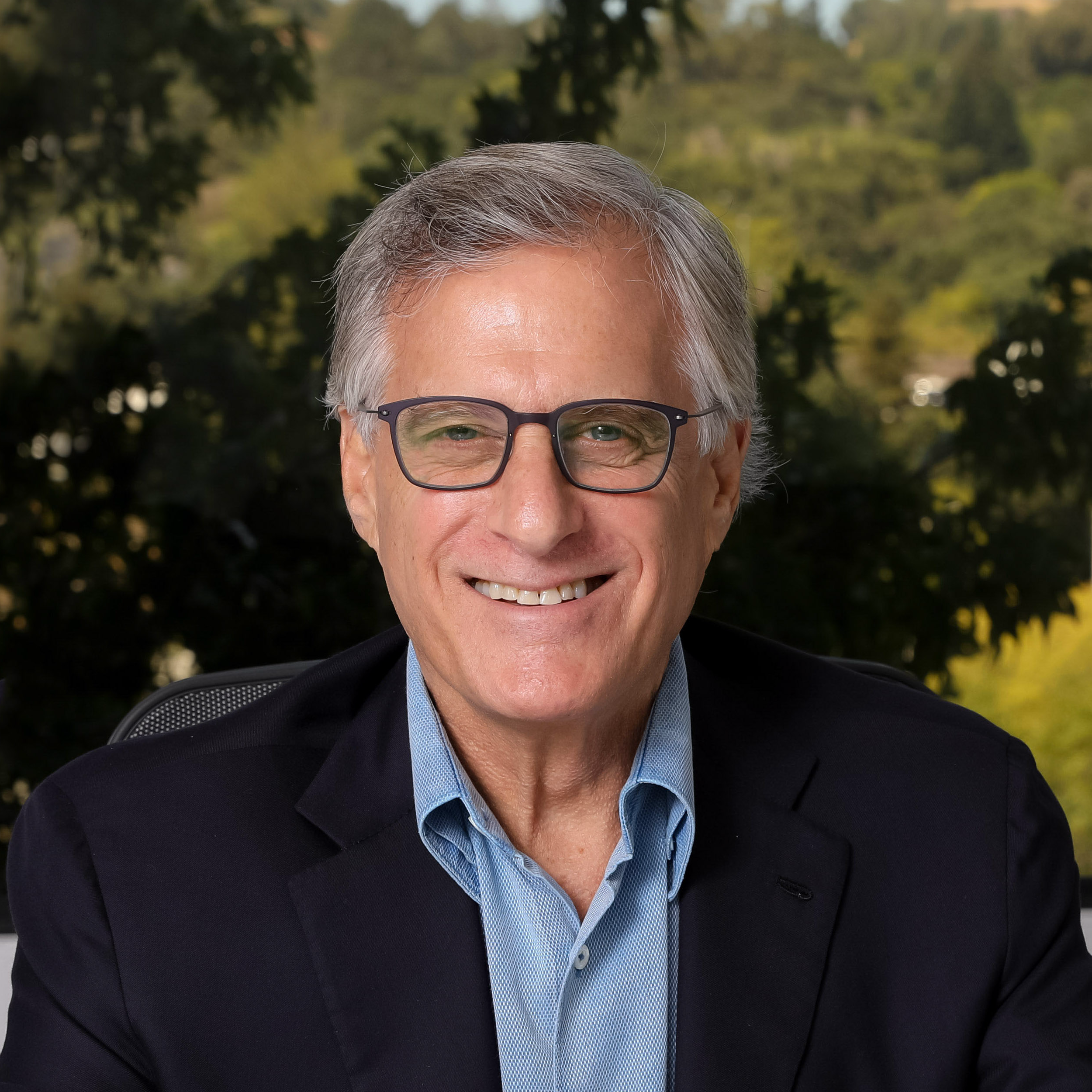Title: Unveiling the Future: Unleashing $40 Billion to sustain Intelligent Applications
Artificial Intelligence (AI) stands out as a beacon of promise and possibility in today’s tech-driven world. With AI technologies, especially Generative AI, evolving at breakneck speed, investors worldwide are eagerly eyeing the vast potential of this burgeoning field. Recent speculation surrounding A16Z’s potential $40 billion fund from Saudi Arabia has sparked excitement and intrigue in the investment community. To shed light on sound investment strategies, the All-in Podcast (48′) delved deep with insights shared by industry luminaries Jeff Greenberg, David Sachs, Chamat Palihapitiya, and more, unveiling a roadmap for maximizing returns in the dynamic AI landscape.
Understanding the Ecosystem
Before delving into investment strategies, it’s essential to grasp the intricate layers of the AI ecosystem. The conversation unveiled four pivotal layers within the AI “stack”:
- Silicon and Chips: This layer serves as the bedrock of AI processing and is dominated by industry giants like Nvidia.
- Foundation Models: These encompass open-source models and technologies such as OpenAI, which form the building blocks for AI applications.
- Infrastructure Development: Vital tools and databases essential for AI development, facilitating efficient processing and storage.
- Applications: The end-user products and solutions harnessing AI capabilities, spanning from robotics to consumer-facing apps.
The consensus among experts was that while Silicon Chips, Foundation Models, and Infrastructure were fiercely competitive, Applications were still in their nascent stages of development, akin to year 0 or 1, according to Jason Calacanis.
Investment Strategies Unveiled
Given the diverse layers of the AI stack, experts proposed a spectrum of approaches to allocate the $40 billion fund:
- Diversification Strategy: David Sachs advocated a diversified approach akin to traditional venture capitalists, spreading investments across all stack layers. This method entails identifying leading companies and promising contenders at each level and making strategic investments accordingly.
- Alpha Strategy: Jeff Greenberg championed an alpha strategy, pinpointing companies with vertical applications addressing labor shortages, automation, and productivity gains as high-performing investments with minimal risk.
- Entrepreneurial Focus: Jason and Chamat opted for an entrepreneurial-centric approach, focusing on entrepreneurs showing traction in traditional pre-seed and seed-stage investment strategies. Jason utilized open-source projects to identify top-notch endeavors, while Chamat boldly invested $20 billion in GPU credit, backing startups with a SAFETM (Saudi Agreement for Future Equity) framework.
- Application-Centric Investments: Chamat and Jeff underscored the importance of investing in AI applications. Chamat sought out promising technologies at seed or pre-seed stages, while Jeff preferred funding companies with established traction and proven ROI.
- Infrastructure and Cloud Services: Recognizing the pivotal role of infrastructure in AI deployment, investments in cloud services and optimization emerged as a strategic focus, as hinted at by Jason.
Philippe’s point of views:
As demographic shifts and labor shortages loom, the potential for automation presents many opportunities across diverse sectors such as logistics, restaurants, construction, trucking, hospitals, and education. The dawn of new business ventures and services alongside the maturation of AI heralds the reinvention of established industries and the genesis of novel ones. Humanoids merely glimpse the vast realm of possibilities awaiting discovery as AI evolves.
Jason’s insights into open-source and cloud services resonate deeply as many AI companies are running out of cash. Marc Andreessen’s prophetic 2011 article in the Wall Street Journal about software reshaping industries will unfold on a scale perhaps even beyond his initial vision. The proliferation of applications will surge, dwarfing today’s numbers by factors of 10 or 100. However, the current infrastructure’s cost and carbon footprint challenge this growth trajectory. Moreover, software demands unprecedented speed, so we must confront latency issues head-on. Suppose Software-as-a-Service (SaaS) serves as a barometer for the trajectory of Intelligent Applications. In that case, we’re looking at a decade-long journey and a complete infrastructure overhaul to achieve profitability. Similar to the revolution witnessed in cloud computing, we require innovations spanning chip design, infrastructure development, and service delivery to pave the way forward.
While questions abound regarding the necessity of a $40 billion fund, one thing remains certain: for such a fund to be justified, it must yield at least $120 billion in returns. Unicorns may soon become relics of the past as investors set their sights on dec acorns, if not hectocorns, underscoring the monumental scale of ambition and expectation in AI investment.



